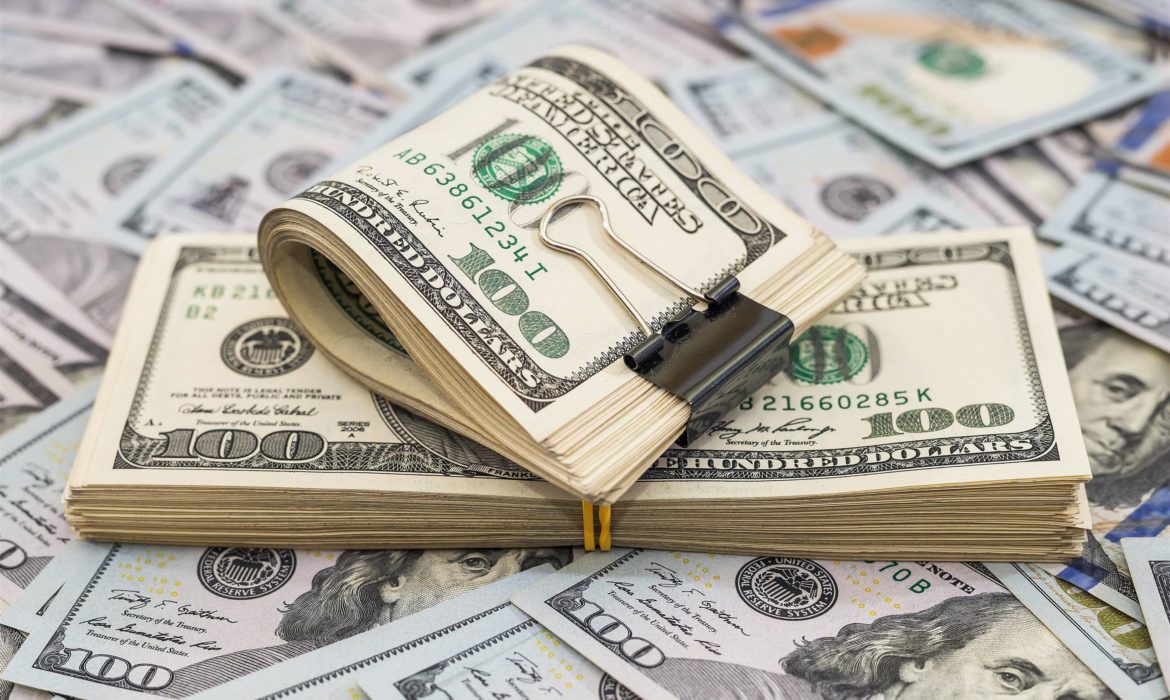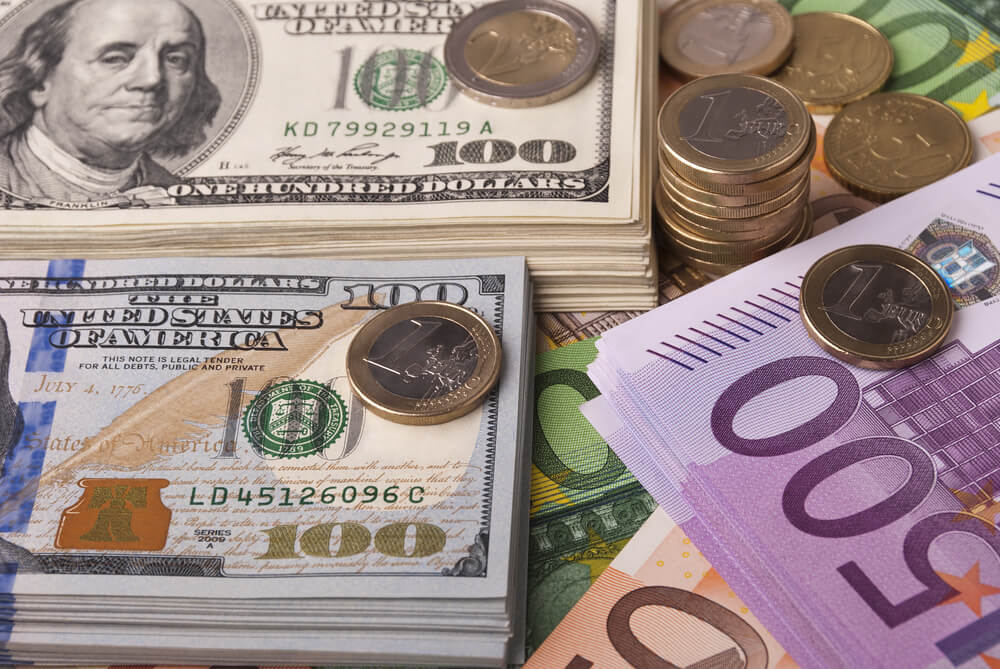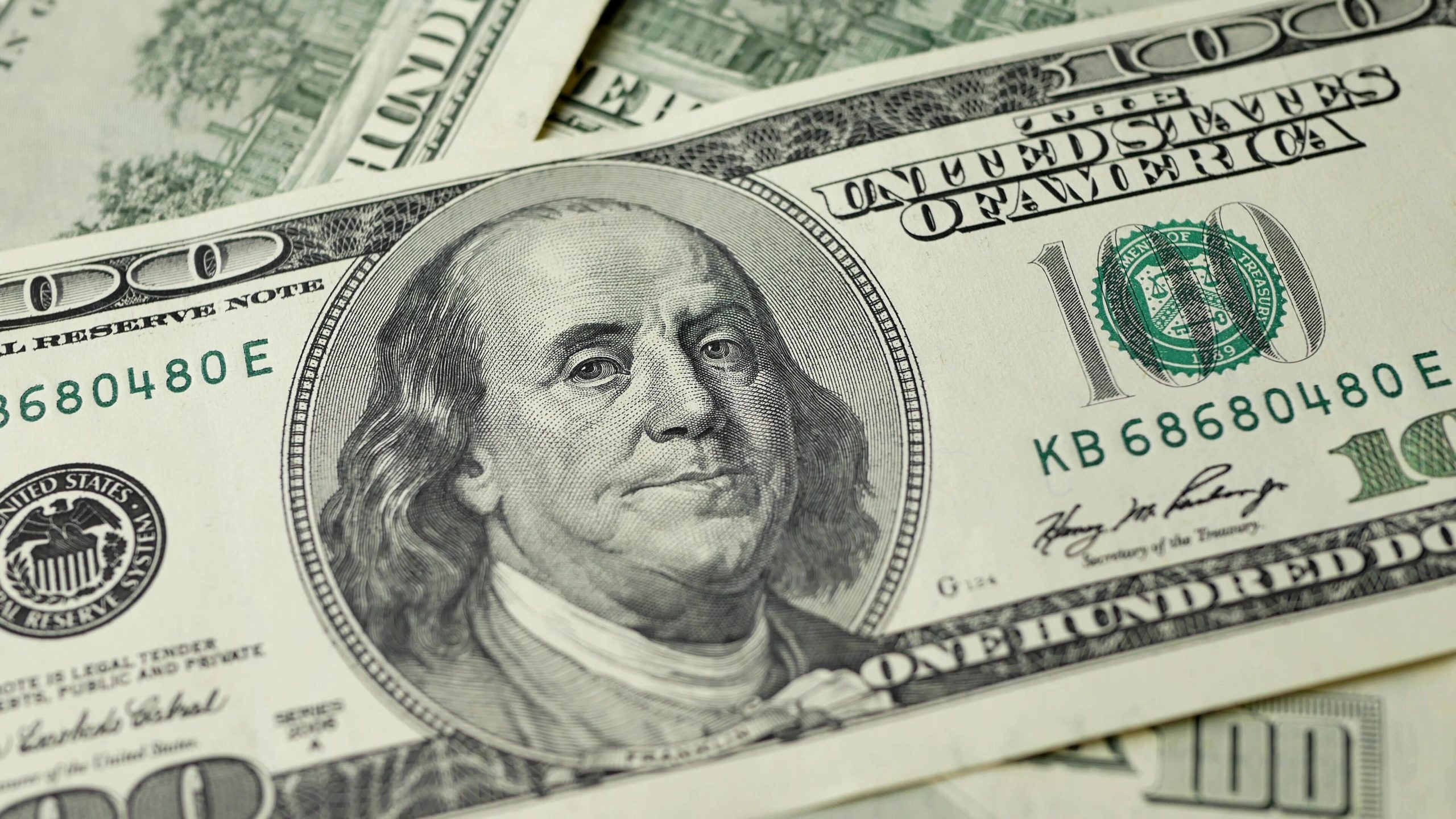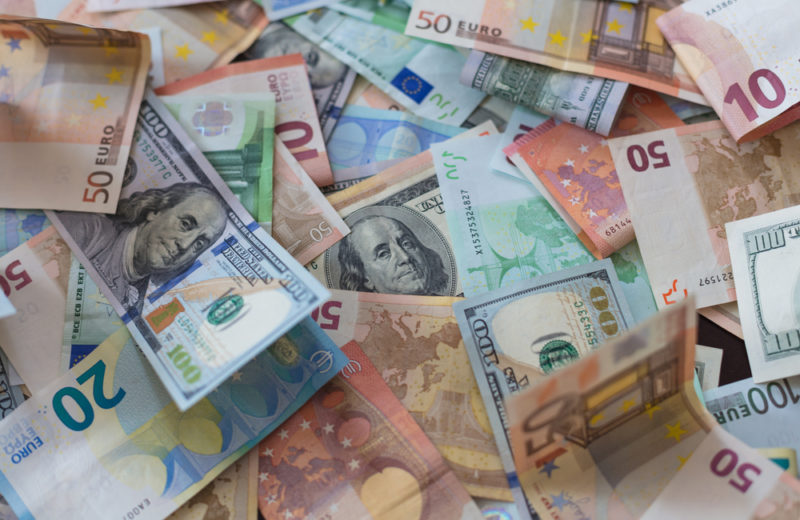The U.S. currency consolidated gains on the last day of the month after hitting a 1-½ year high on Friday, as the U.S. Treasury yield curve prolonged a three-week flattening streak following hawkish comments by a Federal Reserve official.
Last week, Federal Reserve Chairman Jerome Powell signaled that he and his colleagues are likely to begin raising rates in March. After its meeting last week, money markets and major Wall Street banks are not expecting as many as five rate hikes this year.
Atlanta Fed President Raphael Bostic explained his position. He stated that the Fed could supersize an interest rate increase to half a percentage point if inflation remains high.
U.S. currency and its rivals
Against a basket of its rivals, the U.S. currency rebounded off early lows to steady at 97.13. On Friday, the greenback rose to its highest point since mid-2020. The U.S. currency’s 1.6% jump last week was the biggest weekly rise since mid-2021. This year, long dollar positions remained near their highest levels.
On Friday, U.S. data showed the core personal consumption expenditures (PCE) price jumped 4.9% year-on-year.
Moreover, hedge fund positioning in currency markets reflected a broadly consolidative trend with net dollar long positions edging higher but holding below recent highs.
The Aussie was among the early gainers against the U.S. currency. The Australian dollar gained more than 0.7% to $0.7048 before a central bank policy meeting on Tuesday.
Another major central bank also holds its meeting this week. The European Central Bank (ECB) also has a policy meeting on Thursday. Importantly, analysts are starting to warn that approaching rate hikes from the Federal Reserve will shrink the ECB’s window for action.
The world’s largest cryptocurrency by market capitalization was holding above $37,000 after a quiet weekend for bitcoin.
















